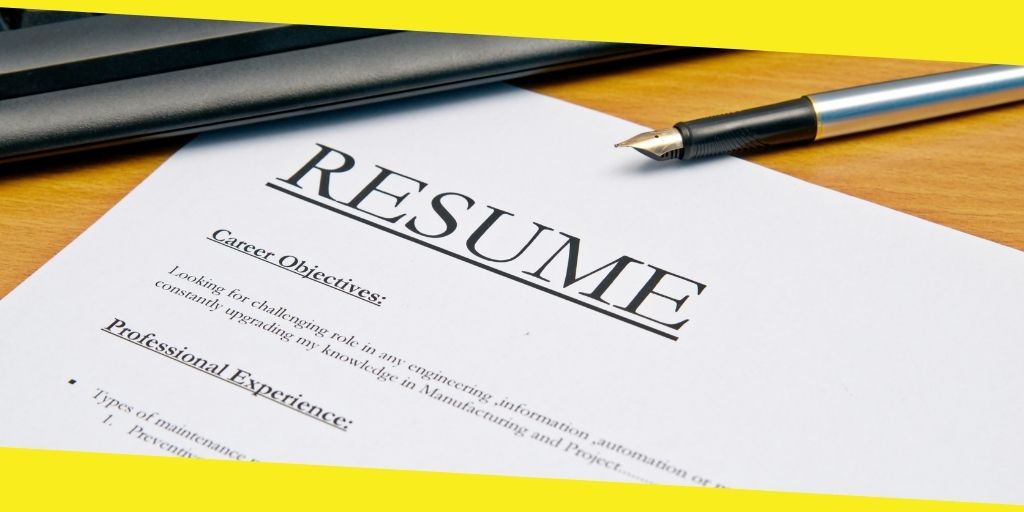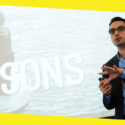Anatomy of a Resume: What Should You Include?
A resume is the standard document used to apply for job openings across all industries and segments. While there are a few different stylistic choices when it comes to font and formatting, employers expect to find standardized information from one resume to the next. Even professional resume writers who are touted for their resume writing abilities follow the usual resume standards and formatting.

Put yourself in the shoes of a Human Resources professional who has to spend hours reviewing resumes. They are looking to quickly match up qualified candidates with their job opening so that they can narrow down that list.
The quickest way to end up in the discard pile is to get excessively creative on your resume. There are very few instances where an outside-the-box approach will work. For the majority of all job seekers, it is safe to color inside the lines.
Contents
ToggleWhat should a standard resume include?
Jennifer Roquemore, a senior resume writer at Resume Writing Services, says that all resumes should include a set of basic information such as your personal identification and contact details, the purpose of your resume, and a brief summary of your qualifications. It was once also a hard requirement to fit all of this information on to one single page.
In more modern times, computers do much of the work of scanning resumes so applicants can get by with a little longer resume if it is truly warranted.
Name and Contact Details
All resumes should include if nothing else, your name and contact details in a prominent location. For formatting purposes, it is advisable to use a larger font for your name and a much smaller font for your address, email and phone number.
It is really important that this information is displayed in an obvious manner. The whole point of submitting a resume is to get a call back for an interview. If your contact details are not available or accurate on your resume, you will not receive a callback.
Branding Statement (or Objective)
Most resumes start off with a blurb of text that is equal to a traditional elevator pitch. In a brief 2 or 3 sentences, it tells the reader key details of who you are, why you are qualified for the job, and what is special about you as a candidate.
If your branding statement is not impactful and intriguing, the reader will never make it to your qualifications. Your resume may be discarded before the reader even gets a chance to find out what degrees you have or about your years of relevant experience.
Professional Experience
Also sometimes called your work history, this section of your resume tells the reader what relevant experience you have in the industry. Make sure to include company names, contacts, employment dates, job titles and a description of duties.
Most employers favor a chronological work history that can be easily scanned for gaps in employment. While there are many valid reasons for employment gaps, they are also sometimes a red flag that a potential employer will want to look into.
Academic Background
Not all experience occurs in the workforce. Especially for recent grads, much of the practical experience that they have to offer is obtained through coursework towards a degree or certificate. If your resume is a little light on the work history, play on strengths in your academic background or volunteer experience instead.
Key Accomplishments
One trick that typically offers good results is to focus on key accomplishments or successes instead of just providing a description of your former positions. This tactic works because it shows prospective employers that you have been successful and are likely to get results.
Potential employers love to hear about what you can do for them. They are always on the search for the best candidates and someone who has successfully done the things that they are wanting to do is a lot more appealing than someone who just talks about answering phones and entering data.
Key Skills
Another important section of information that is good for both software that scans resumes and human recruiters looking at resumes is listing your key skills. Many companies now use software to weed out the duds in their job candidates and appropriate keywords are the only way that the bots are going to pass your resume.
A compelling resume is your best tool at landing a new job in any industry. How creative you should be with the design of your resume depends largely on what industry you work in. It is far more appropriate for a graphic designer to have a visual resume than it is for an accountant.
In some industries, a portfolio or CV is used in lieu of a resume. But for the majority of job seekers, a resume is an essential tool that is necessary when applying for any job opening. Even entry-level jobs across all industries require a resume with an application.
Recommended For You
Current Trends in Online Education
Most Inside
Most Inside offers high-quality recommendations and valuable updates to enhance all aspects of your life, providing premium guidance and enriching experiences.




